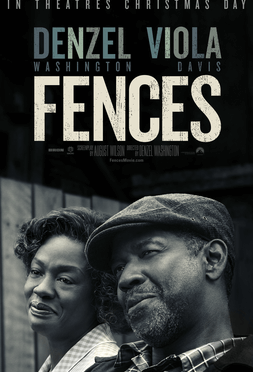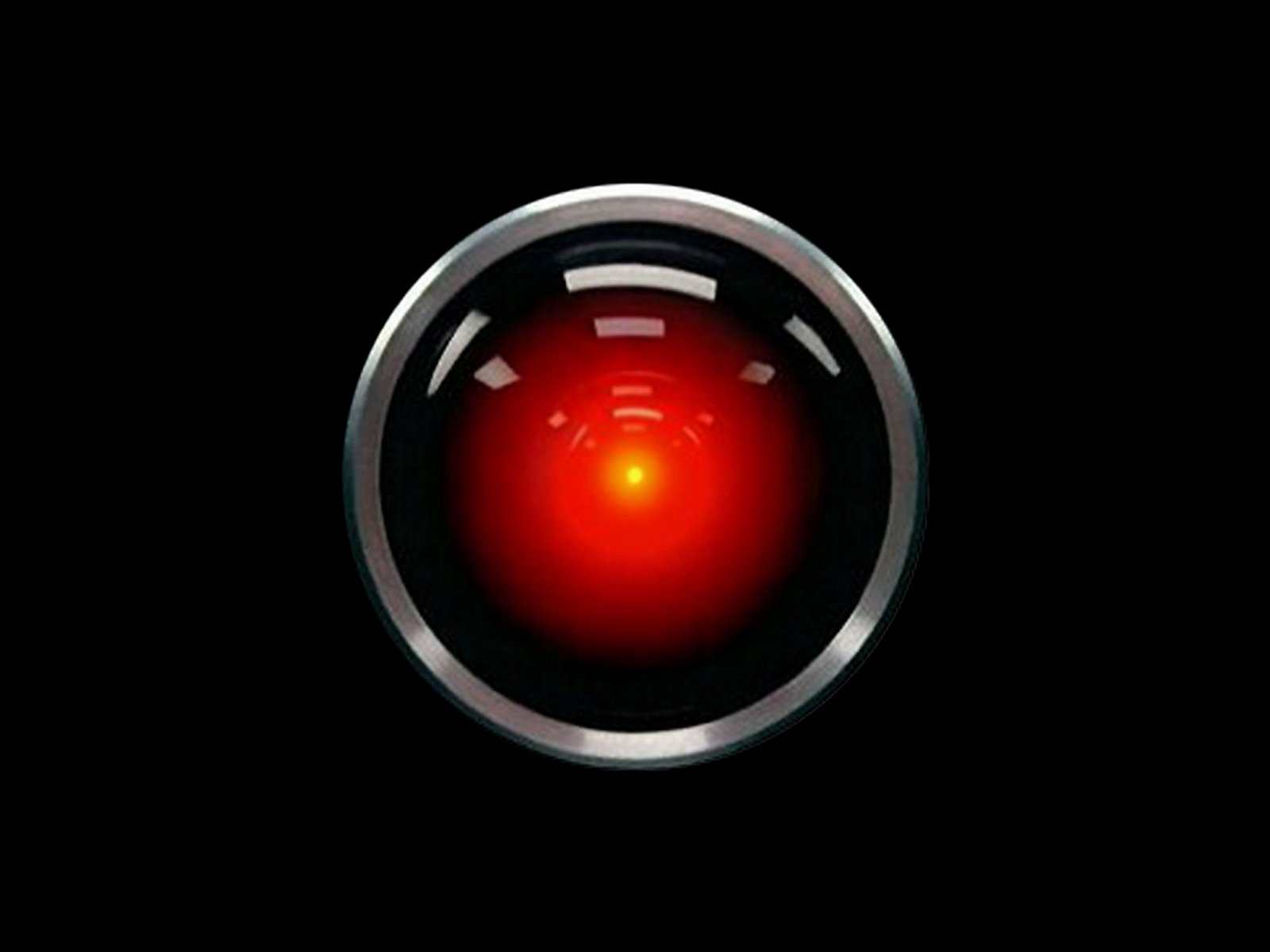The Pianoduo Festival under the artistic leadership of the Dutch Pianoduo Scholtes & Janssens took place for the fifth time in Amsterdam this year and October 13th I attended a concert titled Modern Masters. Before the concert musicologist Leo Samama gave a short lecture on North American Classical music after the second World War. The concert of the Maltese-Belgian duo Gabi Sultana & Mirek Coutigny consisted of works for piano duo of well – and not so well – known US composers. Most of the works where written for two pianos but some were also played four handedly on one piano.
Classical music is not my expertise nor main interest but this event attracted me for a couple of reasons. When I found out about this festival, I was surprised to learn that there exists such a body of works written for two pianos or two pianists. I must admit that the term piano duo first brought to my mind the sort of “adapted” duo performances Victor Borge was famous for 😉
I had heard such repertoire before but always thought these works were more of peculiarities and outliers in the larger corpora of composers. And they probably are, but apparently there are enough compositions, not only to justify a dedicated festival, but also enable a group of pianists to specialise in this repertoire. A quick googling revealed that there are thousands of compositions written for more than one piano and/or more than two hands, although I couldn’t find many of the evenings works in these listings.
East coast vs West coast
Although the North American developments were also discussed during my musicology studies at the University of Amsterdam, I don’t recall the different approaches to music in opposite sides of United States being discussed in the terms Samama did in his lecture. He pointed out, that while the composers on the East coast where closely following developments in Europe and continuing the continental tradition of progressivist modernism, the West coast composers looked the other way to Hawaii, Japan and the rest of Asia for inspiration. They were also more interested in how the folk, rock and pop artists made music than in their more scientifically minded colleagues at the East coast.
Looking across fences
Artists were of course looking across the genre “fences” from the rock and pop side as well. Towards the mid 1960s e.g. members of The Beatles started getting interested in broadening their musical horizons, each in their own way. George Harrison turned to Indian philosophy and music, Paul McCartney was more interested in honing his composing skills inspired by the Western art music tradition and John Lennon was more oriented with the folk ways of making music. As they worked out their musical ideas largely together in the studio, the final recorded versions were likely to a combination of many of the above directions. So e.g. the Norwegian Wood of John Lennon is a folk song with some Indian influences.
But whenever they have the chance people tend to look over the fences everywhere. Some 20 years later the Japanese author Haruki Muarakami wrote the novel Noruwei no Mori inspired by Lennon’s song. In 2010 Tran Anh Hung directed a film based on the book. The levels of cultural and linguistic translation as well as the artistic experiences travelling through time and space in these works are intriguing, but have to be discussed another time.
The Beatles’ Rubber Soul album inspired e.g. The Beach Boys to make their Pet Sounds to which again The Beatles responded with the Revolver album. For Eleanor Rigby Paul McCartney asked the producer George Martin to write a string arrangement.
All these and other experiments went on in the rock/pop circles leading up to the Progressive Rock of the 1970s and on.
Artistic reactions to World War II
The East and West coast composers had also a different reaction to the horrors of World War II. The rise of the Nazis drove most of the left leaning – mostly Jewish – intellects to exile, many across the Atlantic. Among those immigrating to the US before and during the World War were e.g. the composers Arnold Schoenberg and Igor Stravinsky and nearly all of the Frankfurt School philosophers. They had witnessed first hand the Enlightenment project leading to sentimental National Romantic ideals and together with unchecked emotions resulted in the concentration camps and genocide.
Enlightenment, understood in the widest sense as the advance of thought, has always aimed at liberating human beings from fear and installing them as masters. Yet the wholly enlightened earth radiates under the sign of disaster triumphant. (Theodor W. Adorno and Max Horkheimer in Dialectics of Enlightenment (1947))
What the Nazis called the “Final Solution” has been viewed as the “unexpected” result of a blind belief in technological progress. Nevertheless, this hasn’t been enough to everyone away from modernist beliefs, and the response of composers on the East coast – although Schoenberg actually lived in California – was to dig deeper into the modernist scientific approach to music-making; incorporating the latest technologies and theories to create new music that would be more “rational” rather than emotional in content. Some referred this development as the “American academic avant-garde”, although views differ on this.
Also in Europe this kind of thinking prevailed in the so-called Darmstadt school, to which the above quoted Adorno was also a frequent attendee. The Darmstadt school composers first continued working on the ideas of composers the Nazis had oppressed, such as Schoenberg and Stravinsky. Schoenberg’s A Survivor from Warshaw is one of the best known early musical responses to the Holocaust.
Composed using the twelve tone technique Schoenberg had been developing already before the war, the Survivor is an expressionistic commemoration of the horrors Jews faced during the war. Luigi Nono, one of the most prominent members of the Darmstadt school, continued Schoenberg’s musical legacy. While not directly reacting to the war, Nono’s strongly Marxist criticism in his work in the decade after the war is in line with Adorno’s and Horkheimer’s critic mentioned above.
On the West coast, however, composers like Steve Reich and John Cage started looking into ways of making music which were less hierarchical in the traditional sense where the composer writes down his musical ideas in a set of instructions, the score, and the musicians perform – or execute – them. The more conceptual approach of composers and artists like Reich and Cage grew into the Fluxus movement in the 1960s aspiring to move away from “art works” and emphasising processes – of creation as well as experience. One of the most extreme experiments in this direction was Cage’s composition 4’33”, which questions the very nature of music as sound, let alone the roles of composer, performer and listener/audience. The Dutch philosopher Rob van Gerwen has called it perhaps “the greatest work of art that 20th century has produced, but it is not a piece of music.”
I warmly recommend to also watch the audience responses to this performance. They’re very telling of what we normally expect from a performance and what may happen when these expectations are not met 🙂
I’ll stop here for now. I’ll be back shortly with a few words about the actual performance that evening.
























